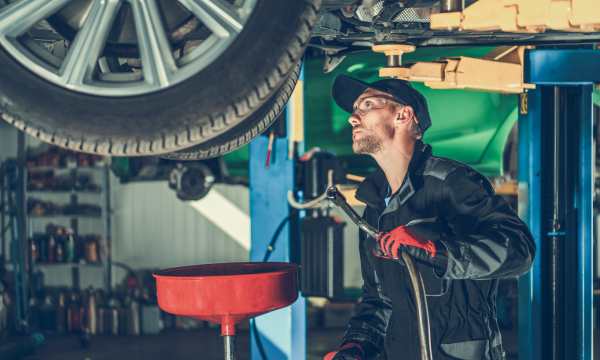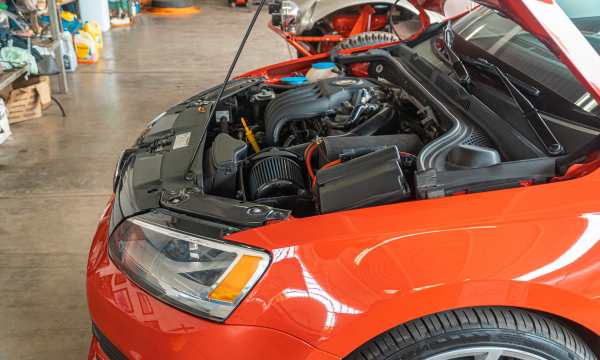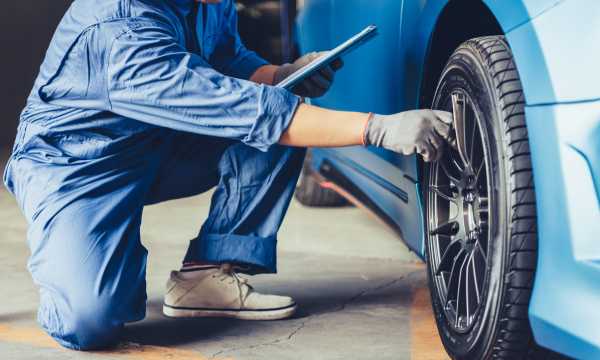10 Money-Saving DIY Car Maintenance Tips
Car maintenance can cost a lot of money, but there are many ways to save money without compromising your car’s safety or performance.
With a little time and effort, you can save money on professional services and extend the life of your car by doing many maintenance tasks yourself. Here are ten do-it-yourself car maintenance tips to save you money and keep your car running well.
1. Change Engine Oil Regularly:
Changing your car’s oil every day is one of the easiest and best ways to keep your car in good condition. Oil prevents the moving parts of your engine from rubbing against each other and wearing out. Over time, engine oil wears away and stops working, which can damage your engine. Learning how to change your car’s oil and oil filter is easy and can save you a lot of money over the life of your car.
2. Replace the Air Filter:
Engine and cabin air filters in your car prevent dust and other particles from entering the engine and cabin. Over time, these filters can become clogged, reducing air flow and affecting efficiency and air quality. Changing these filters is quick and easy and doesn’t require any special tools. Doing this will make your car run better and last longer.
3. Keep Tread and Tyre Pressure the Same:
Keeping your tyres properly filled will help them run better and use less gas. It also causes tyres to wear more evenly, extending their lifespan. Use a tyre tester to check your tyre pressure once a month and before a long trip. Also, check your tyres frequently for wear and rotate them according to the manufacturer’s instructions to ensure even tread wear.
4. Maintain the Battery:
Car batteries typically have a lifespan of three to five years, but with proper care, they can last longer. A mixture of baking soda and water can be used to clean battery connections and prevent rust. Use a multimeter to check the battery’s charge and make sure it’s connected securely so shock doesn’t damage it.
5. Replace the Spark Plug:
Spark plugs are important to engine operation because they provide the spark that ignites the fuel and air mixture in the cylinder. A worn spark plug will cause your engine to use more gas and run worse. Replacing the spark plugs when the manufacturer tells you can make your car run better and use less gas.
6. Replace with New Brake Pads:
When brake pads wear out, they make it harder for your car to stop safely and efficiently. While you do need to know some mechanical knowledge about replacing brake pads, most people can do it themselves. You will save on labor costs and keep your car safe to drive.
7. Clean the Cooling System:
As part of normal maintenance, you should flush and refill your cooling system to prevent your engine from overheating. The cooling system flushing method is to remove the old coolant, clean it with a flushing solution, and then add new coolant. This prevents rust and cooling system problems.
8. Replace the Wiper Blades:
Worn wiper blades can make it difficult to see when it’s raining or snowing. Fortunately, replacing them is one of the easiest and cheapest maintenance tasks. Most blades are easy to remove and reinstall, and new blades don’t cost too much. For best results, wiper blades should be replaced every six to twelve months.
9. Check and Replace Hoses and Belts:
Belts and hoses are important to the way your car operates because they power everything from the generator to the cooling system. Check them regularly for cracks, breaks or leaks, which could mean they are worn out. If you replace belts and hoses before they break, you can avoid more expensive repairs and breakdowns down the road.
10. Learn How to Solve Simple Problems:
Knowing how to find out what’s wrong with your car can help you avoid unnecessary repairs and save money. Online forums, repair manuals and tutorials can help you understand your car’s systems and troubleshoot problems such as a dead battery, overheating or strange noises.
Conclusion:
By doing these things yourself, you will not only save money, but you will also learn more about how your car works. Armed with this information, you can take better care of your car and ensure it remains safe, reliable and efficient for years to come. Keep in mind that before attempting any DIY car repairs, always consult the owner’s manual for specific maintenance instructions and ensure you have the proper tools and safety equipment.
FAQs:
1. How often should I change my car’s oil?
How often you change your oil depends on the type of oil you use, the make and model of your car, and how you drive. In most cases, conventional motor oil should be changed every 3,000 to 5,000 km, and synthetic motor oil should be changed every 5,000 to 16,000 km. But you should always consult your car’s owner’s manual for the manufacturer’s recommendations.
2. Can I replace the air filter myself? If so, how often should I do this?
You don’t need any special tools to easily replace the engine and passenger air filters. Most manufacturers say the air filter should be replaced every 7,000 to 15,000 miles, but this can change depending on how you drive. Specific recommendations for your car can be found in the owner’s manual.
3. Why is it important to keep tyre pressure stable? How often should I check?
Maintaining the correct tyre pressure is important for safety, to get the most out of your gas mileage and to ensure that your tyres last as long as possible. Failure to check tyre pressure can lead to uneven wear, reduced grip and higher fuel costs. Check your tyre pressure at least once a month and before a big trip.
4. How often should you replace a spark plug?
Depending on the type of spark plug used and the car, the time required to replace the spark plug can vary greatly. With iridium or platinum spark plugs, many new vehicles can travel 100,000 miles before needing to be replaced. On the other hand, a car’s regular spark plug needs to be replaced every 30,000 to 50,000 kilometres. For special recommendations, consult your car’s owner’s manual.
5. How do I know if my car’s battery needs to be repaired or replaced?
Difficulty starting the engine, dimming of the headlights and interior lights, and a battery warning light on the dashboard are all signs that your car’s battery may need to be repaired or replaced. Cleaning the connections and using a multimeter to check the charge level can make simple repairs. Car batteries usually have a lifespan of 3 to 5 years. If your device is at this age stage and starting to break down, it may be time to buy a new device.
 Car Maintenance Tips
Car Maintenance Tips
Discover essential car maintenance tips to keep your vehicle running smoothly and efficiently. 1. Introduction Regular car […]
More Seasonal Car Maintenance Tips for Year-Round Performance
Seasonal Car Maintenance Tips for Year-Round Performance
Maintaining your car is important to ensure that it lasts as long as possible, remains safe and […]
More Top 5 Essential Car Maintenance Tasks Every Beginner Should Know
Top 5 Essential Car Maintenance Tasks Every Beginner Should Know
For beginners, it can be difficult to find your way around the field of car repair. That […]
More